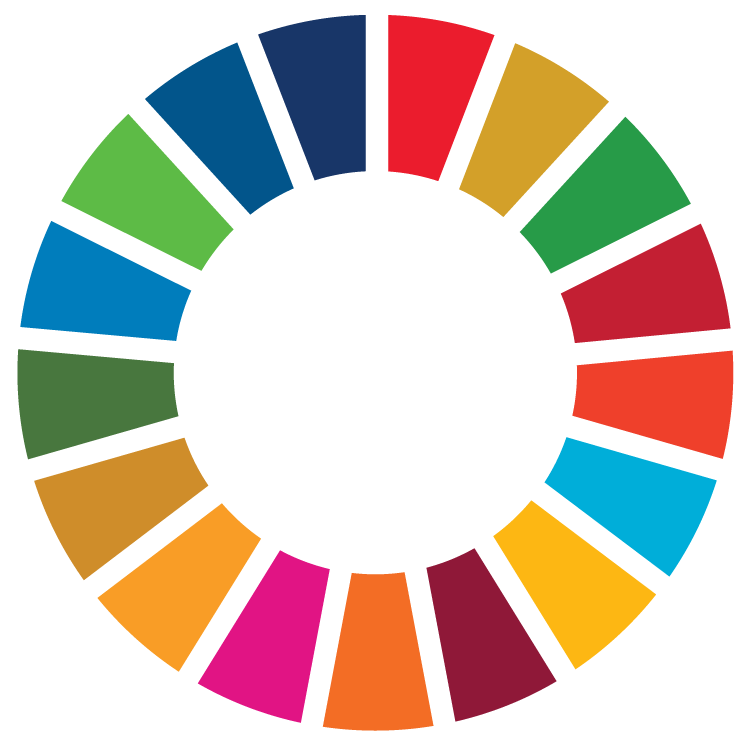





Key findings
In addition to the six transformative “pathways” for sustainable development, the project also estimates the costs of achieving gender equality for certain SDG indicators.
What would achieving gender equality cost in developing economies?
Achieving gender equality, as represented by eight sex-disaggregated SDG indicators, is projected to cost $6.4 trillion annually from 2023 to 2030 for the 48 developing economies studied, equal to 20.5% of their collective GDP.
Per person, the annual cost comes to $1,383 to reach gender equality in pivotal areas like eradicating poverty, alleviating hunger and supporting women’s equal participation in society.
Which developing economies are included in the estimates?
The 48 developing economies in the study comprise 19 that are classified as low and lower-middle-income, while the other 29 fall under the upper-middle and high-income bracket. Together, they are home to 68% of people living in developing economies worldwide.
Certain nations in the study are especially vulnerable, due to geographical or developmental factors. These include nine landlocked developing countries (LLDCs), eight small island developing states (SIDS) and six least developed countries (LDCs).
How do the costs break down by income level or country group?
Breaking the total cost down shows that 85% would need to be spent in the upper-middle and high-income developing economies. The per-person annual cost in these nations, at $2,329, is over five times higher than for the low and lower-middle-income economies.
The SIDS face the steepest per-person yearly cost, at $3,724. For the LDCs and the LLDCs, the per capita costs come to $344 and $718, respectively.
When gauged against their national economy, the SIDS and LDCs bear the heaviest burdens. Advancing gender equality would require 44% and 42% of their GDPs, respectively.
How big is the funding gap?
Despite the urgent needs, the current government spending trajectory leaves a yearly gap of $360 billion for the 48 economies included in the calculations. Bridging this gap would require a 6% increase in yearly spending.
A closer examination reveals that the upper-middle and high-income developing economies face the largest annual gap relative to the total annual cost, at $322 billion, approximately 6% of their required funds. Among the more vulnerable countries, the SIDS confront the largest relative gap at $14.9 billion annually, or 6% of their total requirement.
What would the cost be for all developing economies?
If we use the study’s median per capita cost and extrapolate the calculation to cover all developing economies, the total annual spending needs would reach up to $7.6 trillion.
When compared to a business-as-usual government expenditure trajectory, the yearly gap would be $420 billion.
Which economies will reach the targets by 2030?
If the global community moves quickly to close the financing gap, most of the 48 developing economies can achieve five out of the eight gender equality objectives in the study. However, the closer we get to 2030, success becomes more expensive and less likely.
Understanding 'the road to gender equality'
Gender equality not only multiplies but also strengthens the key drivers of human progress, economic growth, and social development. This is precisely why gender equality forges the strongest synergies with the SDGs.
However, narrowing the gender gap demands targeted attention from policymakers and more dedicated resources. The “road to gender equality” is assessed by analyzing eight sex-disaggregated SDG indicators related to poverty, social assistance, hunger, maternal health, unpaid care work and equal participation in society.
The term gender mainstreaming underlines the need for action by everyone, everywhere to advance gender equality.
Governments allocate funds for vital services such as education and healthcare – including maternal health – and economic empowerment initiatives, like supporting female entrepreneurs and ensuring equal access to finance.
They also allocate funds aimed at preventing gender-based violence and promoting women’s equal participation in society, politics and decision-making. Additionally, governments invest in social support services and legal and policy reforms.
By providing affordable childcare services, developing rural development programmes, enhancing data and capacity-building, and encouraging businesses to close the gender pay gap, governments play a pivotal role in achieving gender equality.
The estimates for the “road to gender equality” were compiled in collaboration with UN Women.



